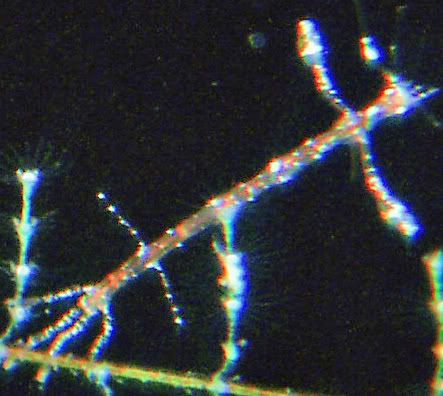Micro photography actually comes from the old standard
film metric.
If the image that you created on the usual 35mm piece of film was larger than the real life object itself, that was known as micro.
The accepted photo reference to
Macro lenses came from marketing. It fell into common application and usage in regards to the advent of otherwise standard use lenses that had a special "close focus" range. These "macro" lenses started to appear as lower end casual consumer level lenses from companies such as Tokina, and Vivitar (late 1970's). Soon, more well known and better regarded companies (Canon, Olympus and eventually Nikon) were pressured by competition (and popularity) to offer "macro" (close focus) on their low end products.
Withe a "macro lens", you could get
pretty close to technical "micro" magnification levels.
In that era, micro was professionally attained by the use of extension tubes, a simple (and costly) metal cylinder that was fitted between the camera body and lens, extending the lens further away from the film plane. They gobbled up a lot of light.
Common usage and marketing nomenclature has replaced technical jargon. But- you still continue to see comparative references to focal lengths of current day digital lenses stated as "in 35mm equivalent". (because image sensor size can vary camera to camera)
I used to know every facet of my 35mm film Nikonos (Or Nikon F), but now with my basket of digital cameras, I am relatively befuddled.
You can argue about what is
micro but I don't get much argument when I show this and other images parked at
NOT Macro Its MICRO Photos by Doc_Adelman | Photobucket
This might be about 1.5mm in length:
 To the OP:
To the OP: I do lead "micro dives". All participants get a tethered glass lensed magnifier. They must have a small flashlight. I carry a red beam laser and a very thin fluorescent plastic pointer.
My biggest hurdle is to get divers to just slow down.
We swim past so much cool stuff, logging a dive with "no critters" and posting the bad report on the internet.
It's all right there.









